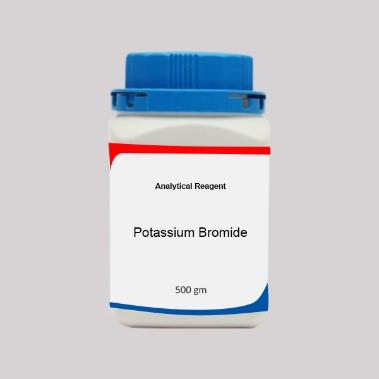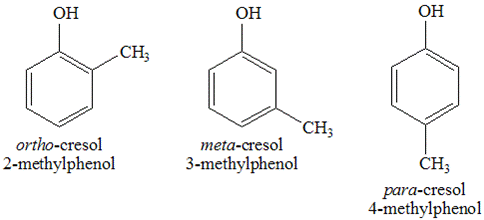- 2-Bromo-4-methylaniline
- 583-68-6
- 2-Bromo-p-toluidine
- Benzenamine, 2-bromo-4-methyl-
- 4-Amino-3-bromotoluene
Get a free no-obligation quote
We typically respond within 30 minutes during business hours!
Related Article(s)
Bromophenols: types and applicationsJun 4, 2023

Bromophenols are the products obtained from the halogenation of phenol by electrophilic bromine. It is a powder that can range in colour from tan to orange, and it is used as an indicator of acid and base.
Bromides: History, sources, types, applications and hazards Aug 10, 2022

Bromine is located in the periodic table's halogens group, and its negatively charged form (Br) is an ion known as a bromide ion. Bromides that are colourless and have a wide range of uses, including anticonvulsants, flame retardants, and cell stains.
Aryls: Structure, nomenclature, types and applicationsAug 3, 2022

An aryl group is the name given to the functional group that is produced when an aromatic ring complex is reduced to its simplest form by removing one hydrogen atom. The aromatic ring will almost always be constituted by a hydrocarbon in most instances.
Amines: Synthesis, classification, biochemical significance, applications and hazardsJul 18, 2022

Amines are the compounds that have nitrogen atoms with a lone pair. They are either gaseous when they are at room temperature or vaporized when they are heated quickly. They have a fishy smell at low molecular weight.
Methylphenol: Common isomers, structure, synthesis, applications and natural sourcesJun 28, 2022

Methylphenol is an aromatic compound with a chemical structure represented by the formula CH3C6H4(OH). Its molar mass is 108.140 gmol and these compounds exist in both liquid and solid state.

